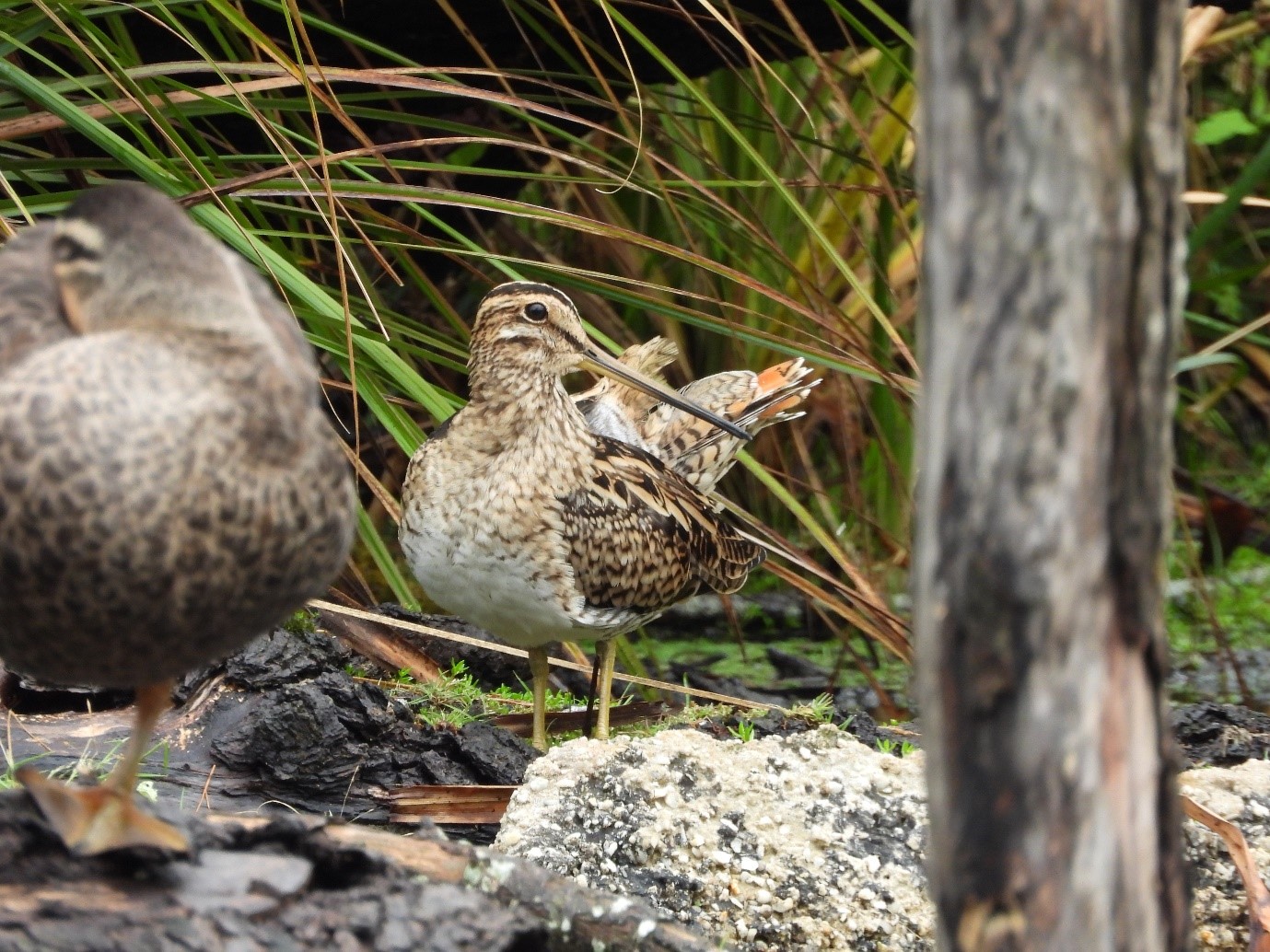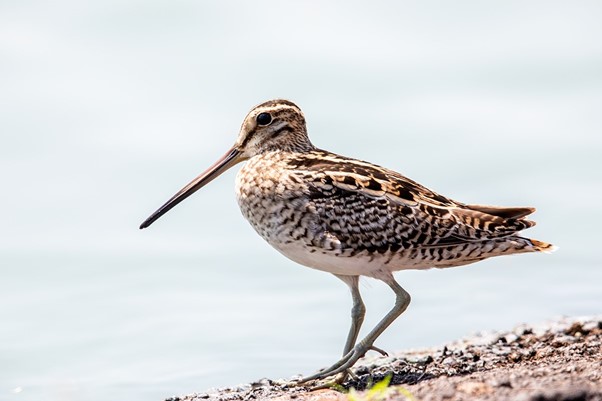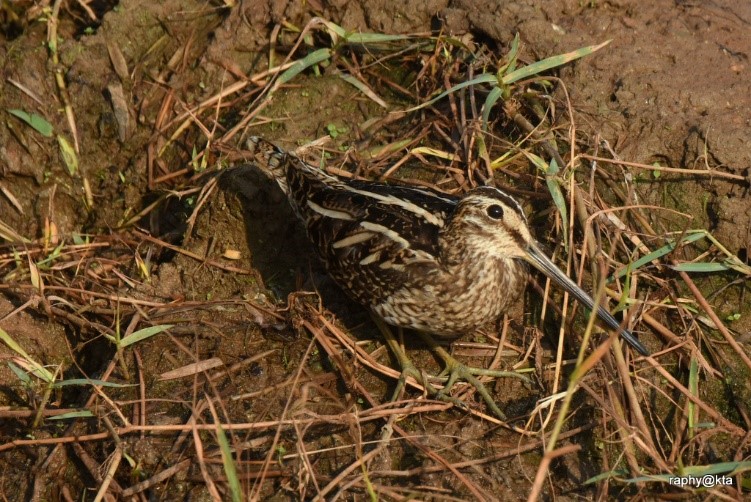Have you been working closely on snipe or woodcock? Do you have experience in the biology, demography and population ecology of snipe and woodcock?
Globally, there are 29 species and four genera of snipe and woodcock (Coenocorypha, Gallinago, Lymnocryptes, Scolopax).
The East Asian-Australasian Flyway supports 17 of these species. Eight are migratory: Common Snipe, Jack Snipe, Wood Snipe, Latham’s Snipe, Swinhoe’s Snipe, Pin-tailed Snipe, Solitary Snipe and Eurasian Woodcock, and the remainder are non-migratory: Moluccan (Obi) Woodcock, Bukidnon Woodcock, New Guinea Woodcock, Javan (Dusky) Woodcock, Sulawesi (Celebes) Woodcock, Amami Woodcock, Auckland Snipe, Snares Island Snipe and Chatham Snipe.
Some species are relatively well studied, e.g. Latham’s Snipe and Eurasian Woodcock, and some species are the subject to current intensive ecological studies, e.g. Wood Snipe. However, information on the other snipe and woodcock species is often lacking, even for those well studied in other flyways. Non-migratory species in Southeast Asia are the most poorly known.
Snipe and woodcock are quite different to other shorebirds in their behaviour, habitat choice and generally cryptic nature, making monitoring very challenging. As a consequence, they are probably the most poorly understood shorebird group. The majority of these species have traditionally been hunted, and many are still regarded as game species.
Because of this lack of knowledge, snipes and woodcocks may be overlooked in development of conservation priorities and policies for the protection of shorebirds.
We are seeking people with research expertise on these snipe and woodcock species to join us in reviewing the conservation status of this group of shorebirds.
If you are interested, please contact Birgita Hansen (b.hansen@federation.edu.au).
Birgita Hansen, Eduardo Gallo Cajiao, David Gonçalvez

Latham’s Snipe at Lake Wendouree in western Victoria, Australia during the non-breeding season. Photo: Jeff Crawley

A likely Swinhoe’s Snipe at Groote Eylandt in northern Australia. Identification challenges make separating the three snipe species in northern Australia reliant on capture of birds or photographs of spread tails. Photo: David Webb

A Common Snipe in Trissur, Kerala, southern India. Like many low latitude regions in the EAAF, there are a number of snipe species that overlap in southern India. Photo: Raphy Kallettumkara




